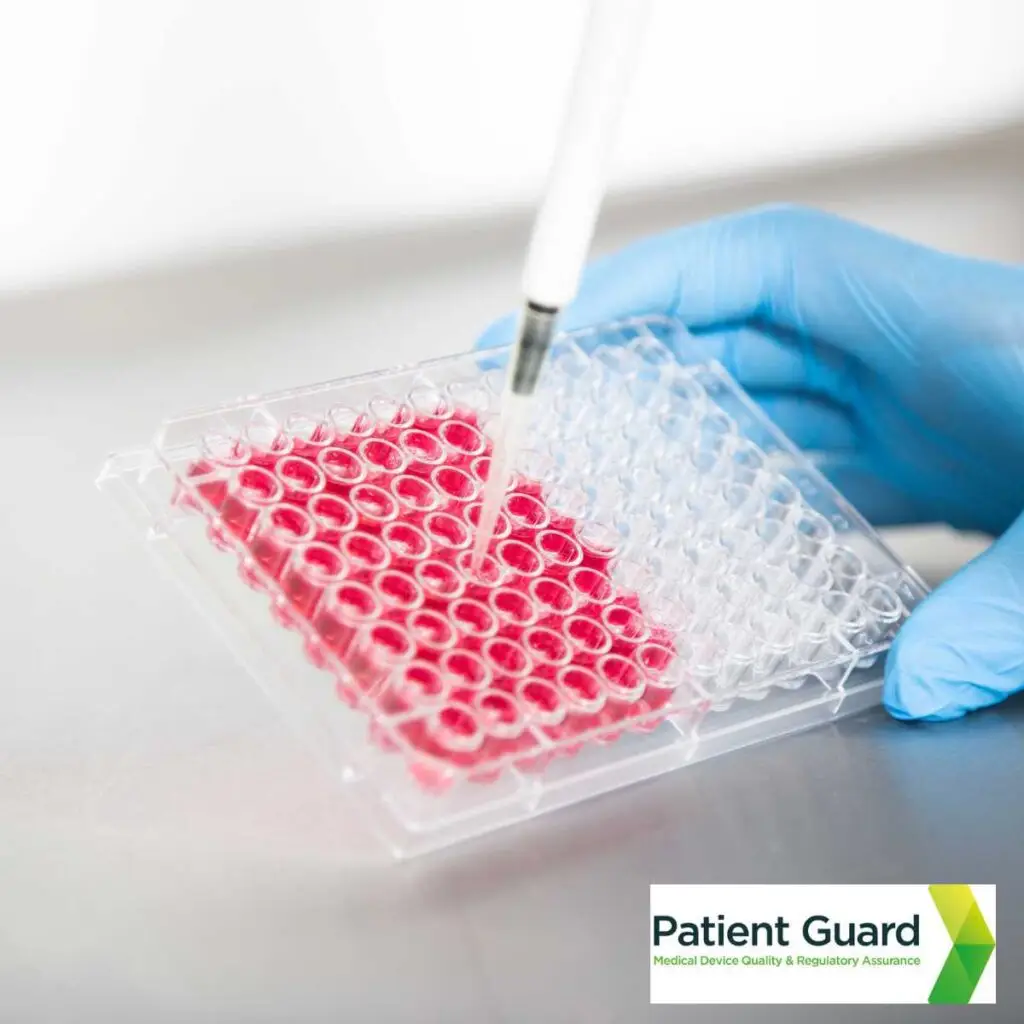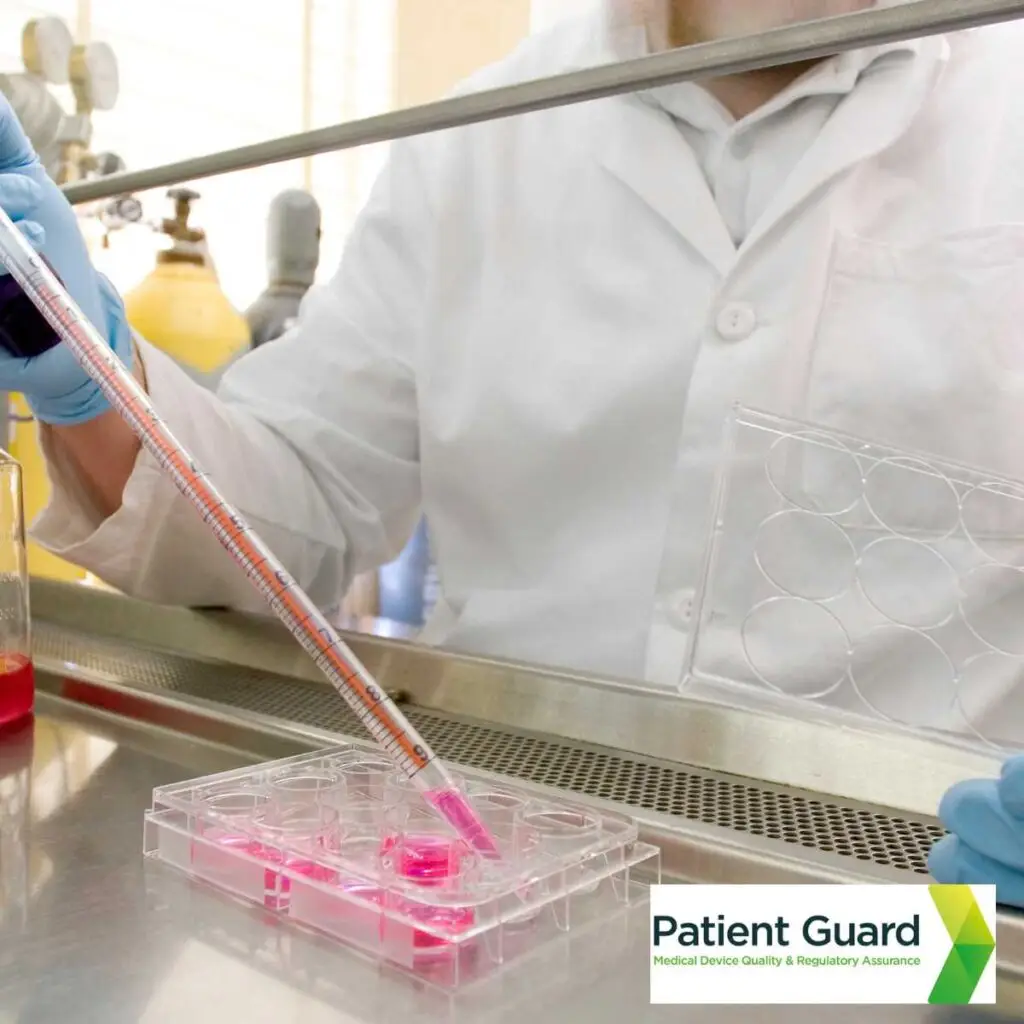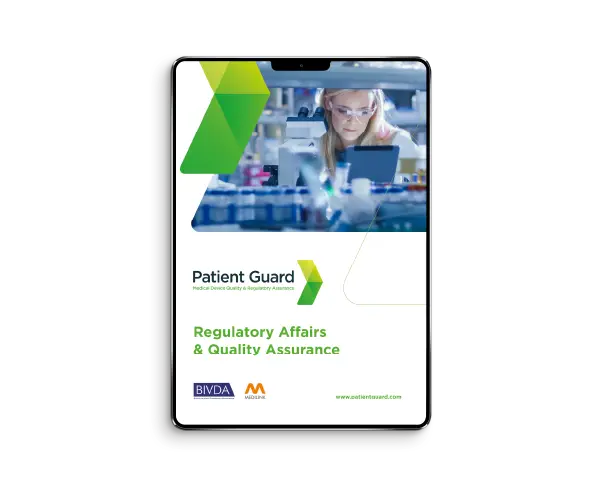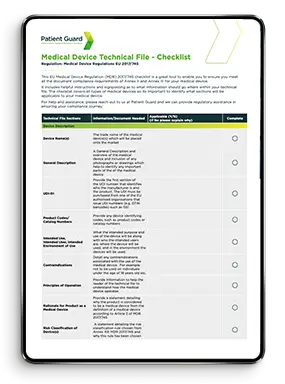ISO 10993-5 - Medical Device Cytotoxicity Testing
In the highly regulated world of medical devices, ensuring patient safety is paramount. One of the essential components of this safety assurance is cytotoxicity testing, specifically adhering to ISO 10993-5 standards. This blog explores the importance of ISO 10993-5 cytotoxicity testing, particularly for medical devices that come into direct contact with patients, and how it contributes to the overall safety and efficacy of these devices.
What is ISO 10993-5?
ISO 10993-5 is part of the broader ISO 10993 series, which addresses the biological evaluation of medical devices. Specifically, ISO 10993-5 focuses on tests for in vitro cytotoxicity. Cytotoxicity refers to the potential of a substance to cause damage to cells, which can lead to adverse effects in tissues and organs. This standard provides guidelines for evaluating the potential cytotoxic effects of materials used in medical devices.

The Significance of Cytotoxicity Testing
- Ensuring Patient Safety: The primary goal of cytotoxicity testing is to ensure that materials used in medical devices do not cause harm to patients. Devices that come into direct contact with the body, such as catheters, implants, and surgical instruments, must be free from substances that could damage cells or tissues.
- Regulatory Compliance: Adhering to ISO 10993-5 is often a regulatory requirement for market approval in many countries. Regulatory bodies such as the FDA (U.S. Food and Drug Administration) and the EMA (European Medicines Agency) require manufacturers to provide evidence of cytotoxicity testing as part of their safety assessments.
- Material Selection and Validation: Cytotoxicity testing helps manufacturers in the selection and validation of materials used in medical devices. By identifying potentially harmful materials early in the development process, manufacturers can avoid costly redesigns and ensure that their products meet safety standards from the outset.
Testing Methodologies
ISO 10993-5 outlines several in vitro methods to evaluate cytotoxicity, including:
- Direct Contact Method: This involves placing the medical device material directly in contact with cultured cells to observe any cytotoxic effects.
- Agar Diffusion Method: In this method, an agar layer is placed between the material and the cultured cells. The test material’s potential toxic agents diffuse through the agar to interact with the cells.
- Extract Method: Here, extracts from the material are prepared in a suitable solvent and then applied to cultured cells. This method is useful for detecting leachable substances that may cause cytotoxicity.

Interpreting Results
The results from cytotoxicity tests are typically classified into different grades of cytotoxicity based on the extent of cell damage observed. This grading helps manufacturers and regulatory bodies understand the potential risks associated with the material and make informed decisions about its suitability for use in medical devices.
Case Studies and Real-World Applications
Implantable Devices
Implantable devices such as pacemakers, orthopedic implants, and dental implants must undergo rigorous cytotoxicity testing. Since these devices remain in the body for extended periods, ensuring that they do not release harmful substances is critical to preventing long-term health issues.
Catheters and Tubing
Devices like catheters, which are in direct contact with blood and tissues, require thorough cytotoxicity testing to prevent adverse reactions such as inflammation, thrombosis, or infection. Ensuring the biocompatibility of these materials is vital for patient safety.
Challenges and Considerations
While cytotoxicity testing is crucial, it is also complex and requires careful consideration of several factors:
- Variability in Cell Lines: Different cell lines can respond differently to the same material, making it important to select appropriate cell models for testing.
- Testing Conditions: The conditions under which tests are conducted, including temperature, pH, and exposure time, can significantly impact the results.
- Interpreting Subtle Effects: Not all cytotoxic effects are immediately apparent. Some materials may cause subtle, long-term changes that require detailed analysis to detect.
Summary
ISO 10993-5 cytotoxicity testing plays a vital role in ensuring the safety and effectiveness of medical devices that come into contact with patients. By adhering to this standard, manufacturers can provide assurance that their products will not cause harm to patients, meet regulatory requirements, and contribute to the overall advancement of medical technology. As the medical device industry continues to evolve, the importance of robust and comprehensive cytotoxicity testing will only grow, underscoring its essential role in patient safety and care.
Related Services by Patient Guard:
FAQs
Cytotoxicity testing evaluates whether a medical device or its materials have toxic effects on living cells. It is typically the first step in assessing the biocompatibility of a device and determines if it is safe for human use.
Why it matters: Cytotoxicity testing is a regulatory requirement under ISO 10993-5, ensuring that medical devices meet safety standards for biological evaluation.
ISO 10993-5 is the standard that outlines the procedures for in vitro cytotoxicity testing. It provides guidance on using cell cultures to evaluate whether a medical device or its materials release substances that are harmful to cells.
Key insight: Compliance with ISO 10993-5 is mandatory for medical devices in contact with the body, supporting global regulatory approvals.
The testing involves three main methods:
- Direct Contact: The device material is placed directly on a cell monolayer to assess toxicity.
- Extract Testing: The device material is extracted using simulated biological fluids, and the extracts are applied to cells.
- Indirect Contact: The material is separated from the cells by a porous barrier, allowing only leachables to contact the cells.
Pro tip: The choice of method depends on the device type and its intended use.
Devices that need cytotoxicity testing include:
- Implantable devices: Pacemakers, orthopedic implants.
- Devices in prolonged contact with tissue or fluids: Catheters, surgical instruments.
- Surface-contact devices: Dressings, gloves, or diagnostic electrodes.
Key takeaway: Any device that contacts the body, even minimally, must undergo cytotoxicity testing.
Results are typically assessed by measuring cell viability using methods like the MTT assay. Outcomes are categorized as:
- Non-cytotoxic: No significant harm to cells.
- Mildly cytotoxic: Minimal cell damage.
- Moderately or Severely Cytotoxic: Significant or severe toxicity, requiring further investigation or material changes.
Key insight: Materials causing severe cytotoxicity may need reformulation to ensure safety.
Yes! Patient Guard provides end-to-end support for cytotoxicity testing and biological evaluation, including:
- Developing ISO 10993-compliant testing strategies.
- Coordinating testing with accredited laboratories.
- Reviewing test results for regulatory submissions.
- Preparing comprehensive Biological Evaluation Reports (BER).
Why choose Patient Guard: With extensive experience in biocompatibility and regulatory compliance, we ensure your device meets global safety standards efficiently.
Related Information:
- Medical Device Design and Development
- The Biological Evaluation of Medical Devices a comprehensive overview
- ISO 14971 and the Risk Management of Medical Devices
- FDA Guidance
- Drug Stability in Medical Devices: Infusion Sets and Administration Bags
- Extractables and Leachables Testing for Medical Devices in ISO 10993
- In Vitro Skin Irritation Testing ISO 10993 part 23



